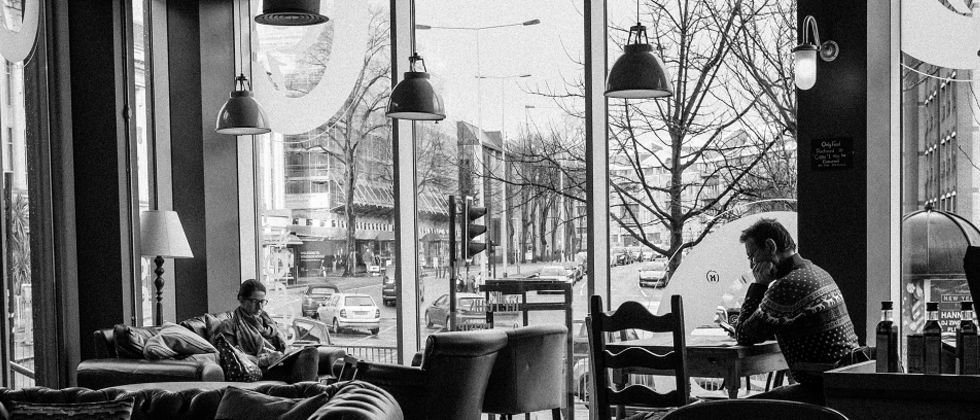California Management Review
California Management Review is a premier academic management journal published at UC Berkeley
by Jessie Qian

Clerical and office work is more intimidating to this college-graduating generation and with good reason — the growing informality of the tech and business industries, the enchantments of social media, and the flexible schedules that students have grown used to have all combined to change what society at large conceives as “business hours.”
The concept of self-employment has become more than an idyllic image in cubicle-dweller’s heads. Nowadays, aspiring individuals can make use of their spare time and eschew the 9 to 5 workday by bringing work home, literally. Freelance work in particular has spread amongst the younger generation; a romantic wayfarer’s idea of making money with nothing more than a laptop and $2,000 in cash.
There is no surefire way of calculating the number of freelancers in the U.S, but according to the Freelancing Union report in 2015, nearly 54 million Americans are now doing freelance work. To many, there seems little reason to wait for a job in an office when one could start out as early as they want, at their own pace and in their own time. The desire to control one’s own workflow and to schedule one’s own hours provides a level of independence that can be difficult to replicate under a traditional work schedule.
Freelancing is especially prominent in the creative industry, particularly since a level of flexibility is required for trades such as creative writing, graphic design or photography. The creative process and the production process needed to bring such ideas to life take variable amounts of time. This emphasis allows freelancers to explore their boundaries and juggle different career tasks. One doesn’t have to be only a designer; one could be a part-time designer-slash-journalist while working towards a liberal arts degree at the same time.
However, while the number of freelancers is growing, concerns related to health security, job security, and mental health are also increasing.
My personal experience as a freelancer who has dabbled in both graphic design and creative writing work has shown me that mental health issues can be more prevalent among freelancers. It’s not uncommon for self-employed individuals to fall into bouts of anxiety and/or depression when their work is at a standstill. As self-employed individuals, it’s easy to forget the usefulness of a support network and how much self-employment builds upon isolation.
Additionally, freelancers make up a significant percentage of those susceptible to wage theft. The lack of a company structure often prevents freelancers from fully understanding their legal employee rights, leaving them with little or no recourse against underpaying employers. Without a social or contractual safety net, freelancers have no real protection against unfair and illegal treatment.
That being said, it is important to note that a consideration and network for freelancers are steadily expanding. While freelance employees at this moment may seem to be gaining only workplace freedom in exchange for rights to workplace health and security, there is potential for change on the horizon. It is critical that freelancers and those beginning freelance work solicit connections to this network in order to create a solid base which they may solicit for protection and a support system in which freelancers may support each other through difficulty.